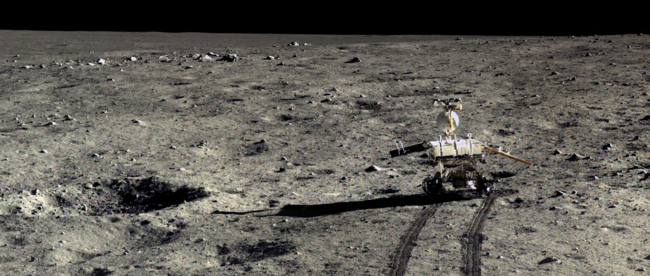On Wednesday, the military arrangement between the Air Force and ULA came under strong attack.
First, Senator John McCain (R-Arizona) and House Majority Leader Kevin McCarthy (R-California) introduced a bill in Congress that would re-instate the ban on ULA’s use of Russian engines in the Atlas 5 rocket. The ban had been lifted when Senators Richard Shelby (R-Alabama) and Richard Durbin (D-Illinois) snuck language doing so into the giant omnibus budget bill in December.
Second, at a hearing in the Senate on Wednesday, Air Force, under attack by Senator McCain for its sweetheart deal which gives ULA $800 million annually whether or not it launches anything regardless, admitted that it is thinking of terminating that deal early.
Air Force Secretary Deborah Lee James told the Senate Armed Services Committee during a Wednesday hearing the service is considering early termination of the current EELV Launch Capability (ELC) contract, a unique arrangement set up in 2006 to fund the cost of maintaining ULA launch infrastructure. At the time, the arrangement made sense because ULA was the Pentagon’s sole source for military space launch. “I was very surprised and disappointed when ULA did not bid on a recent GPS competitive launch opportunity,” James said. “And given the fact that there are taxpayer dollars involved with this ELC arrangement I just described to you, I’ve asked my legal team to review what could be done about this.”
The McCain bill is not likely to pass. However, the pressure he is putting on the Air Force, combined with the renewed and cheaper competition being offered by SpaceX, could very well lead to the ending of ULA’s EELV deal.
I expect to see a similar scenario play out in connection with Orion/SLS sometime in the next two years. When SpaceX and others begin to fly manned capsules and big rockets for relatively little money, our elected officials are eventually going to notice how much more expensive that bloated government program is, even as it doesn’t accomplish much. Some of them will suddenly realize the political advantage in attacking SLS, and begin to do so.


